If you notice that your kitchen sink is draining slowly or not at all, the first thing you should try is using a plunger. This simple tool can help break up any clogs and get your sink draining properly again. Start by filling the sink with enough water to cover the plunger. Place the plunger over the drain and push down firmly, then pull up quickly. Repeat this motion several times until the clog is dislodged and the water starts to drain. If the plunger doesn't work, try using a plumbing snake or one of the other methods below.1. Using a Plunger
A drain snake, also known as an auger, is a long and flexible tool that can be used to remove clogs from drains. It works by being inserted into the drain and then twisted, allowing it to grab onto and pull out any debris causing the clog. To use a drain snake, insert it into the drain and twist it while pushing it further in. Keep twisting until you feel resistance, then pull it out and remove any debris that comes with it. Repeat this process until the clog is completely cleared.2. Using a Drain Snake
For a more natural and environmentally-friendly method, you can use a combination of baking soda and vinegar to unclog your kitchen sink drain. This method works by creating a chemical reaction that can break down and dislodge any debris in the drain. Start by pouring half a cup of baking soda down the drain, followed by half a cup of white vinegar. Let the mixture sit for about 15 minutes, then pour boiling water down the drain to flush out any remaining debris. This method may need to be repeated a few times for stubborn clogs.3. Using Baking Soda and Vinegar
If you don't have any baking soda or vinegar on hand, you can try using just boiling water to clear a clog in your kitchen sink drain. This method works best for clogs caused by grease or soap build-up. Boil a large pot of water and carefully pour it down the drain in two to three stages, allowing the water to work its way through the pipes before adding more. This should help to melt and flush away any greasy debris causing the clog.4. Using Boiling Water
If the above methods don't work, you may need to remove and clean the trap under your kitchen sink. The trap is a curved piece of pipe that is designed to catch debris and prevent it from clogging your pipes. To remove the trap, place a bucket or bowl under the pipe to catch any water, then use a wrench to loosen the fittings and remove the trap. Clean out any debris and then reattach the trap, making sure all fittings are tightened securely.5. Removing and Cleaning the Trap
If you have a wet/dry vacuum, you can use it to try and suck out the clog in your kitchen sink drain. This method works best for solid clogs, such as food scraps or small objects. Set the vacuum to the wet setting and place the hose over the drain, creating a seal. Turn on the vacuum and let it run for a few minutes to see if it can suck out the clog. If this method doesn't work, it may be time to call a professional plumber.6. Using a Wet/Dry Vacuum
If all else fails, you can try using a chemical drain cleaner to unclog your kitchen sink drain. However, these products can be harsh and may cause damage to your pipes if not used correctly, so use caution. Follow the instructions on the product carefully, making sure to wear gloves and protect your skin. Pour the recommended amount of the cleaner down the drain and let it sit for the recommended amount of time. Then, flush the drain with hot water to see if the clog is cleared.7. Using Chemical Drain Cleaners
If you don't have a drain snake, you can try using a wire hanger to remove a clog from your kitchen sink drain. Straighten out a wire hanger and create a small hook at one end. Insert the hook into the drain and try to grab onto any debris causing the clog. Once you have a hold of it, pull it out and dispose of it.8. Using a Wire Hanger
A Zip-It tool is a simple and inexpensive tool that can be used to remove hair and other debris from drains. It works by being inserted into the drain and then pulled out, catching any clogs along the way. To use a Zip-It tool, insert it into the drain and then pull it out slowly. If you feel resistance, twist the tool to help break up the clog. Once you have removed as much debris as you can, flush the drain with hot water.9. Using a Zip-It Tool
If none of the above methods work, it may be time to call in a professional plumber. They have the tools and expertise to handle even the toughest clogs in your kitchen sink drain. Be sure to choose a reputable and experienced plumber, and ask for a quote before they start the work. This way, you can avoid any surprises when it comes time to pay the bill. With these top 10 methods for unclogging a kitchen sink drain after the trap, you can get your sink back to functioning properly in no time. Remember to use caution and follow instructions carefully, and don't be afraid to call in a professional if needed. A clean and clear kitchen sink drain will make your daily tasks much easier and more enjoyable.10. Calling a Professional Plumber
Unclogging a Kitchen Sink Drain After the Trap: Tips and Tricks

The Importance of a Functional Kitchen Sink Drain
 A kitchen sink is an essential fixture in any household. It is where we wash our dishes, prep our food, and even dispose of waste. But when the sink drain gets clogged, it can bring our daily routines to a halt. Not only is it inconvenient, but it can also lead to unpleasant odors and potential damage to your plumbing. That's why it's crucial to know how to unclog a kitchen sink drain, especially after the trap.
A kitchen sink is an essential fixture in any household. It is where we wash our dishes, prep our food, and even dispose of waste. But when the sink drain gets clogged, it can bring our daily routines to a halt. Not only is it inconvenient, but it can also lead to unpleasant odors and potential damage to your plumbing. That's why it's crucial to know how to unclog a kitchen sink drain, especially after the trap.
Identifying the Cause of the Clog
 Before you can start unclogging your kitchen sink drain, it's essential to identify the cause of the clog. The most common culprits are grease, food particles, and soap scum. These substances can build up over time and create a blockage in your pipes. You may also have a clog caused by foreign objects, such as a utensil or a small toy, that accidentally fell into the drain.
Before you can start unclogging your kitchen sink drain, it's essential to identify the cause of the clog. The most common culprits are grease, food particles, and soap scum. These substances can build up over time and create a blockage in your pipes. You may also have a clog caused by foreign objects, such as a utensil or a small toy, that accidentally fell into the drain.
Tools You'll Need
 To effectively unclog your kitchen sink drain, you'll need a few tools on hand. These include a plunger, a drain snake, hot water, baking soda, and vinegar. You may also want to wear rubber gloves and have a bucket or bowl ready to catch any excess water.
To effectively unclog your kitchen sink drain, you'll need a few tools on hand. These include a plunger, a drain snake, hot water, baking soda, and vinegar. You may also want to wear rubber gloves and have a bucket or bowl ready to catch any excess water.
The Unclogging Process
 Step 1: Remove the Trap
The first step in unclogging your kitchen sink drain is to remove the trap. Place a bucket or bowl under the trap to catch any water that may spill out. Use pliers to loosen the nuts and remove the trap, then empty out any debris trapped inside.
Step 2: Plunge the Drain
Using a plunger, create a seal around the drain and plunge up and down vigorously. This motion will create suction that can help dislodge the clog.
Step 3: Use a Drain Snake
If plunging doesn't work, you can try using a drain snake or a wire hanger to break up and remove the clog. Insert the snake or hanger into the drain and gently twist and push it through the pipes. Be careful not to damage the pipes in the process.
Step 4: Pour Hot Water, Baking Soda, and Vinegar
If the clog is caused by grease or soap scum, you can try pouring a mixture of hot water, baking soda, and vinegar down the drain. The chemical reaction between the baking soda and vinegar can help dissolve the buildup and clear the clog.
Step 5: Reassemble and Run Hot Water
After attempting these methods, reassemble the trap and run hot water down the drain to flush out any remaining debris. This step will also help to ensure that the clog is completely cleared.
Step 1: Remove the Trap
The first step in unclogging your kitchen sink drain is to remove the trap. Place a bucket or bowl under the trap to catch any water that may spill out. Use pliers to loosen the nuts and remove the trap, then empty out any debris trapped inside.
Step 2: Plunge the Drain
Using a plunger, create a seal around the drain and plunge up and down vigorously. This motion will create suction that can help dislodge the clog.
Step 3: Use a Drain Snake
If plunging doesn't work, you can try using a drain snake or a wire hanger to break up and remove the clog. Insert the snake or hanger into the drain and gently twist and push it through the pipes. Be careful not to damage the pipes in the process.
Step 4: Pour Hot Water, Baking Soda, and Vinegar
If the clog is caused by grease or soap scum, you can try pouring a mixture of hot water, baking soda, and vinegar down the drain. The chemical reaction between the baking soda and vinegar can help dissolve the buildup and clear the clog.
Step 5: Reassemble and Run Hot Water
After attempting these methods, reassemble the trap and run hot water down the drain to flush out any remaining debris. This step will also help to ensure that the clog is completely cleared.
Preventing Future Clogs
 To avoid dealing with a clogged kitchen sink drain in the future, make sure to properly dispose of food scraps and avoid pouring grease and oil down the drain. Regularly flushing your drain with hot water can also help prevent buildup and keep your pipes clear.
To avoid dealing with a clogged kitchen sink drain in the future, make sure to properly dispose of food scraps and avoid pouring grease and oil down the drain. Regularly flushing your drain with hot water can also help prevent buildup and keep your pipes clear.
In Conclusion
 Unclogging a kitchen sink drain after the trap may seem like a daunting task, but with the right tools and techniques, it can be a simple and straightforward process. By identifying the cause of the clog and using the right methods, you can keep your kitchen sink drain functioning properly and avoid any future plumbing headaches.
Unclogging a kitchen sink drain after the trap may seem like a daunting task, but with the right tools and techniques, it can be a simple and straightforward process. By identifying the cause of the clog and using the right methods, you can keep your kitchen sink drain functioning properly and avoid any future plumbing headaches.




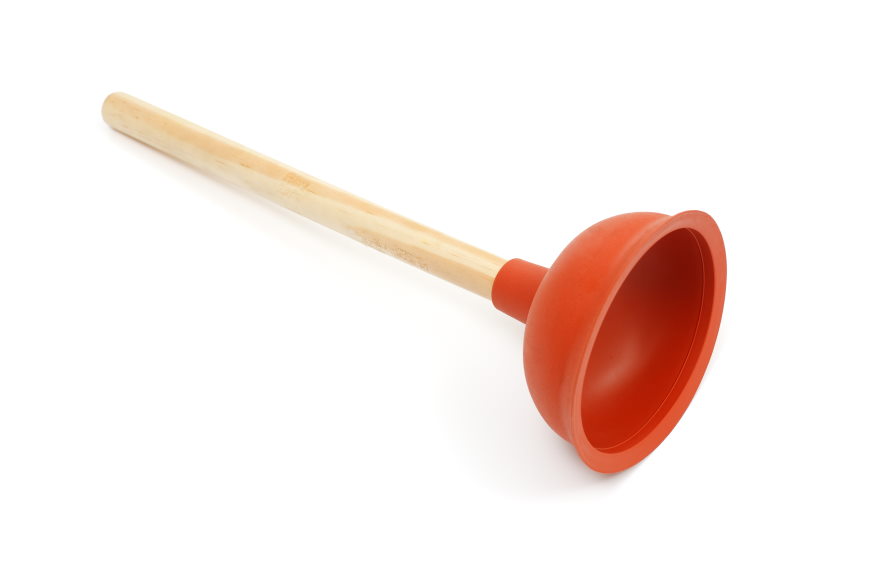





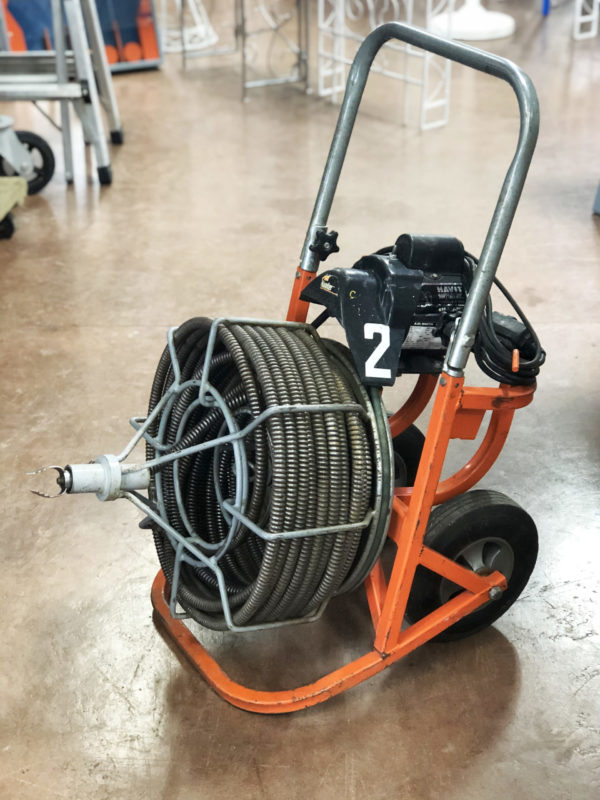

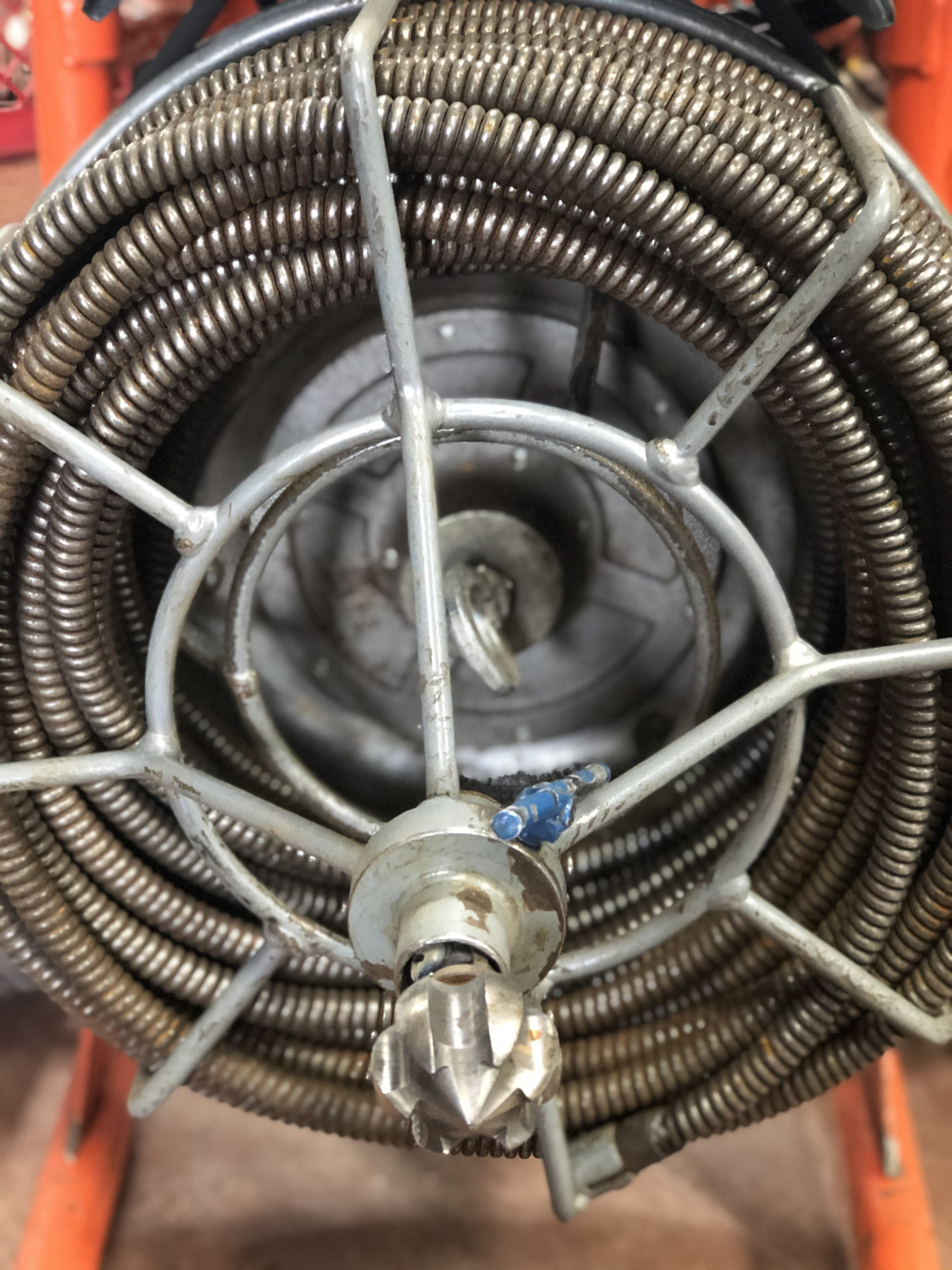
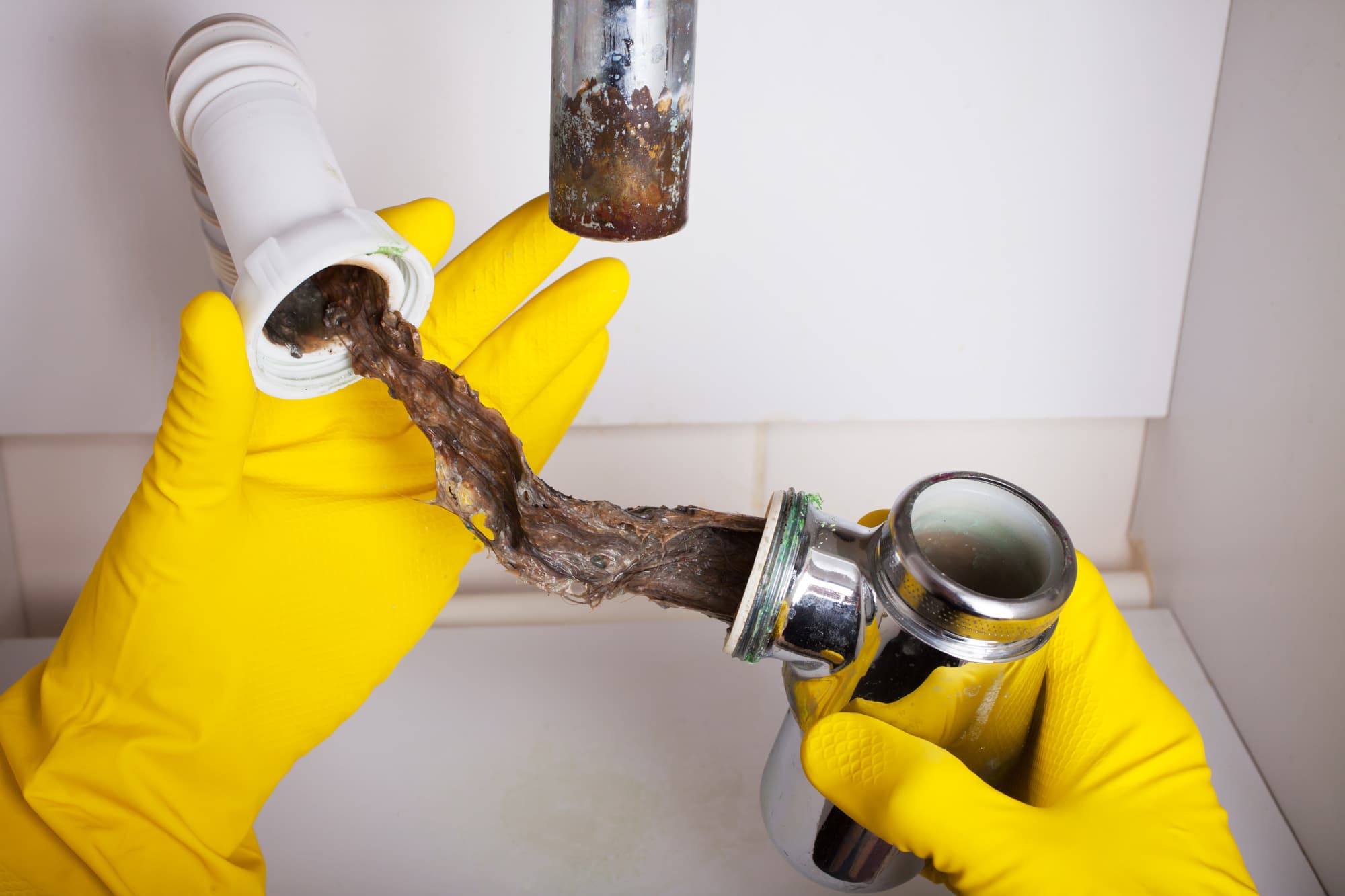
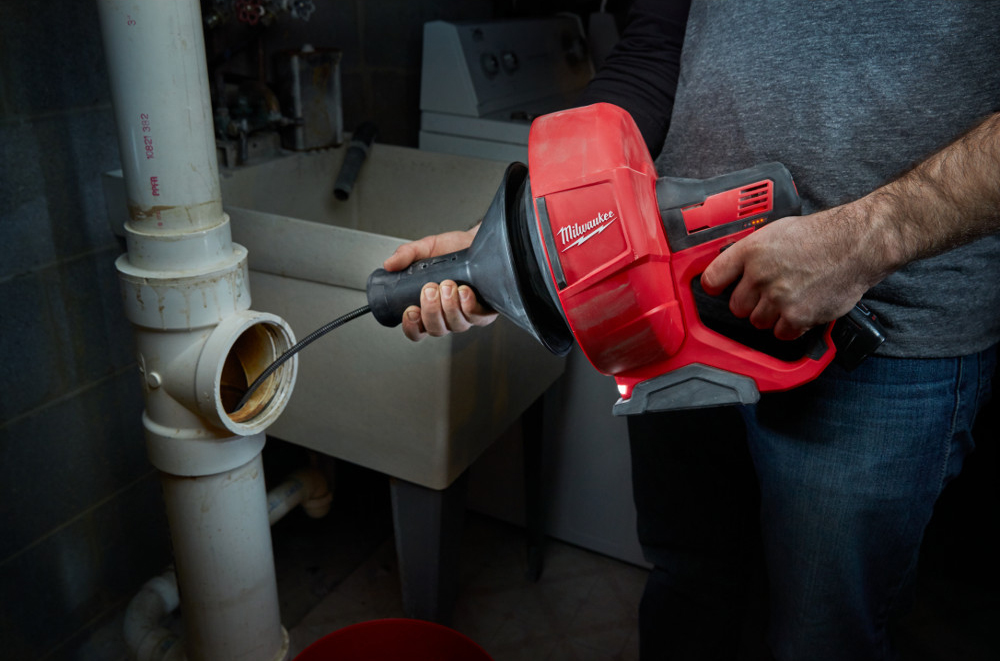
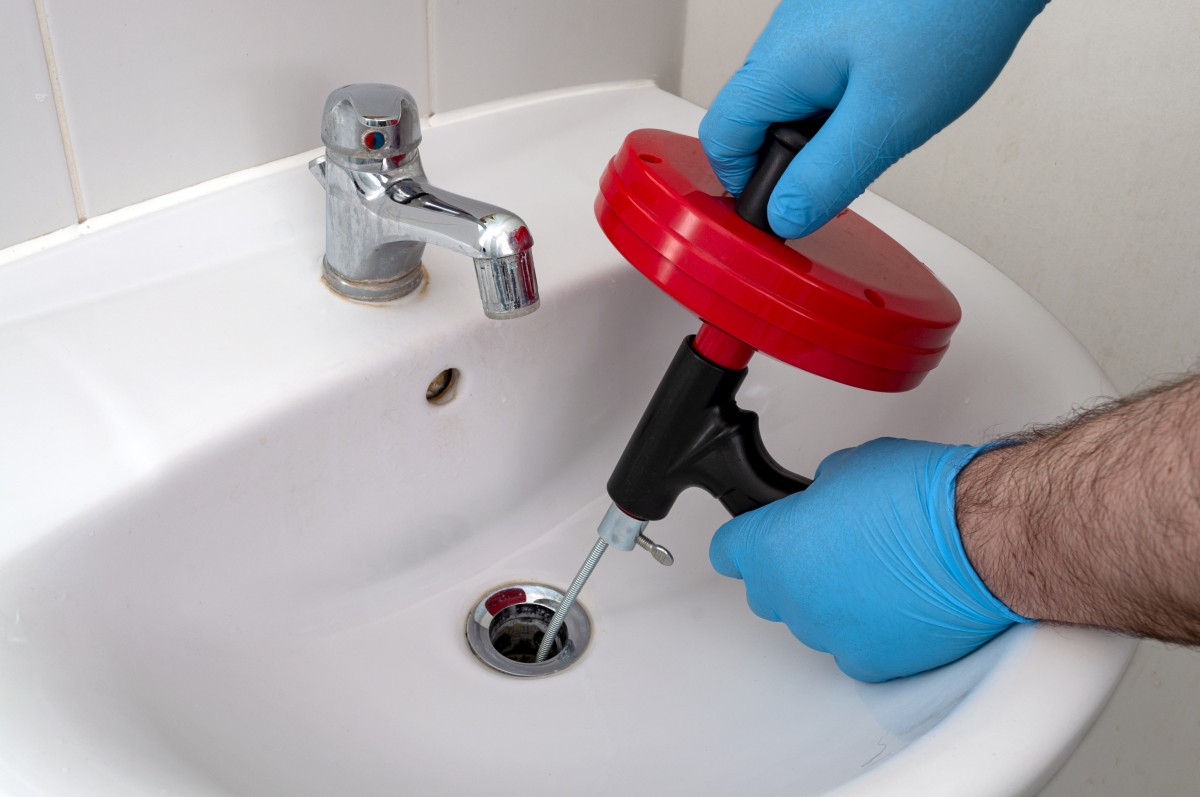
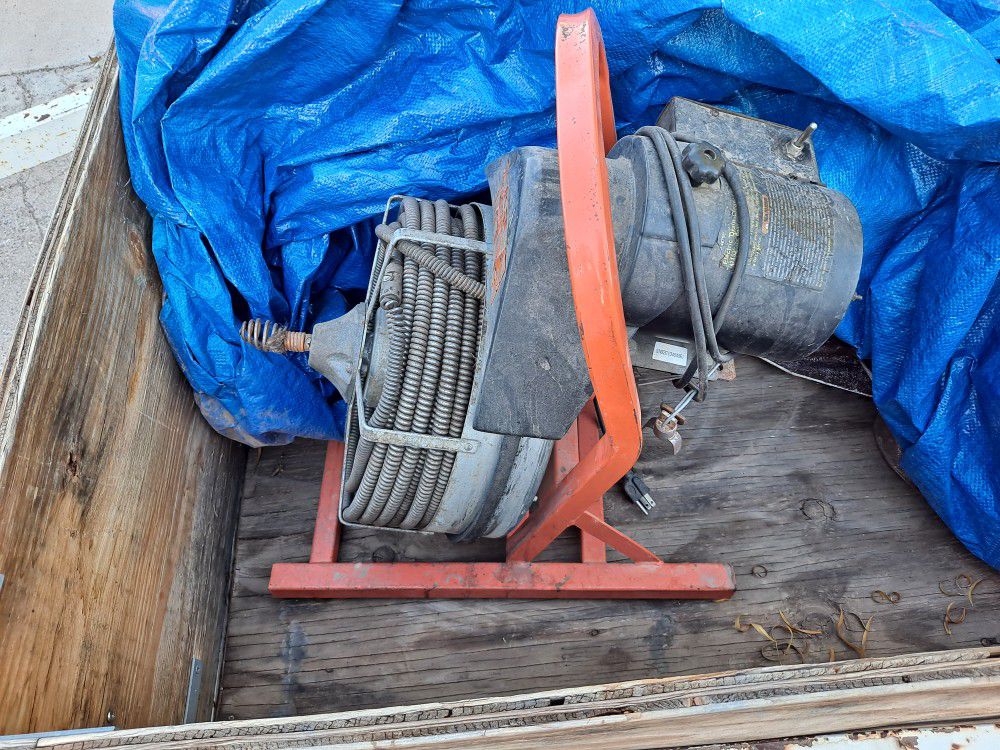

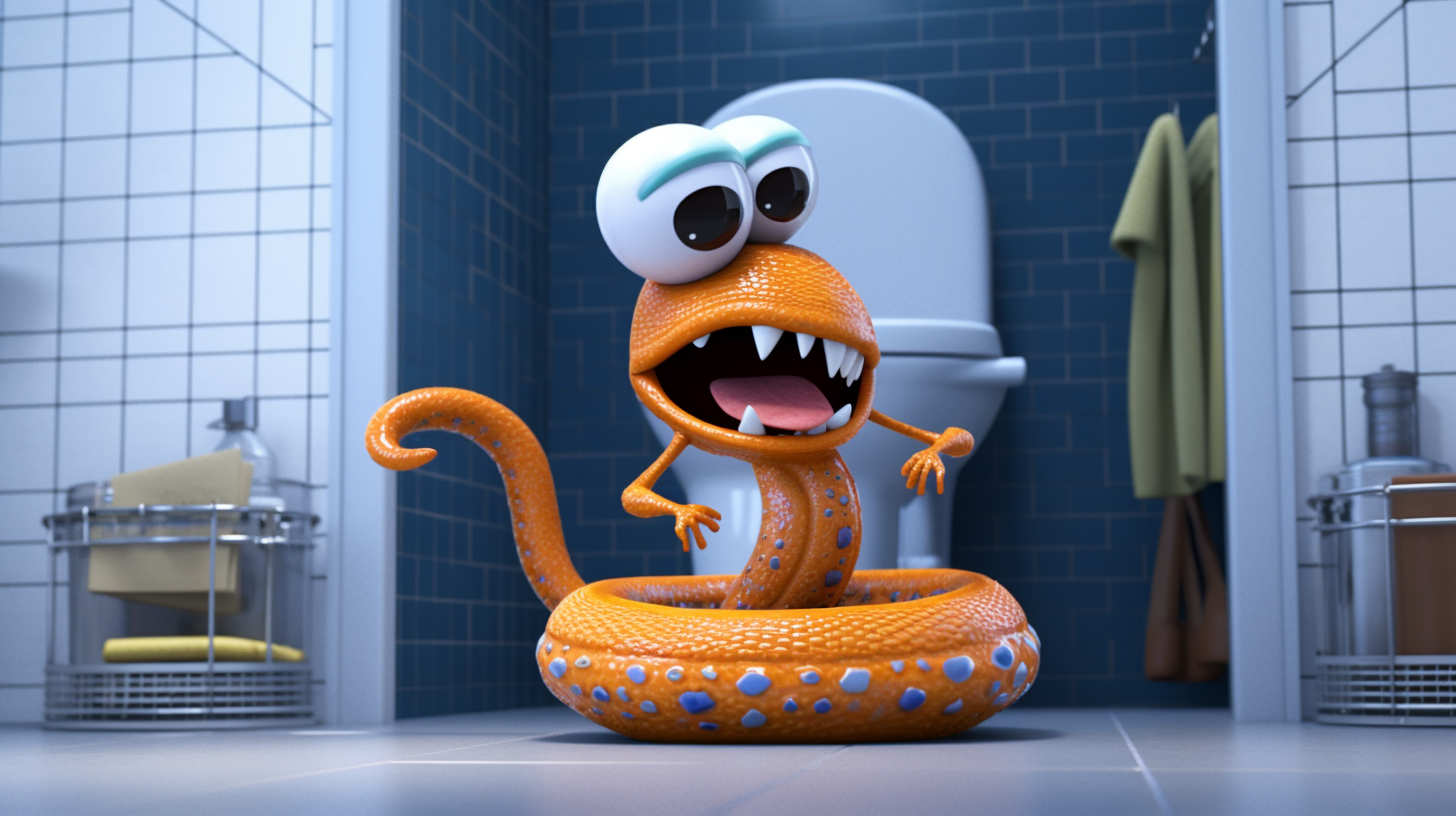
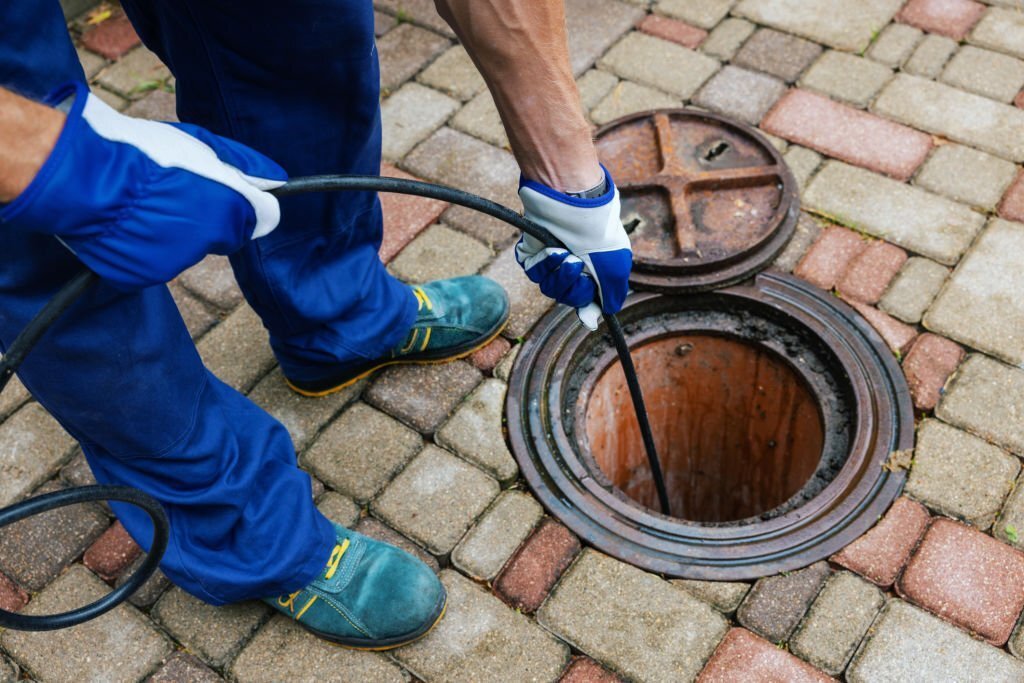

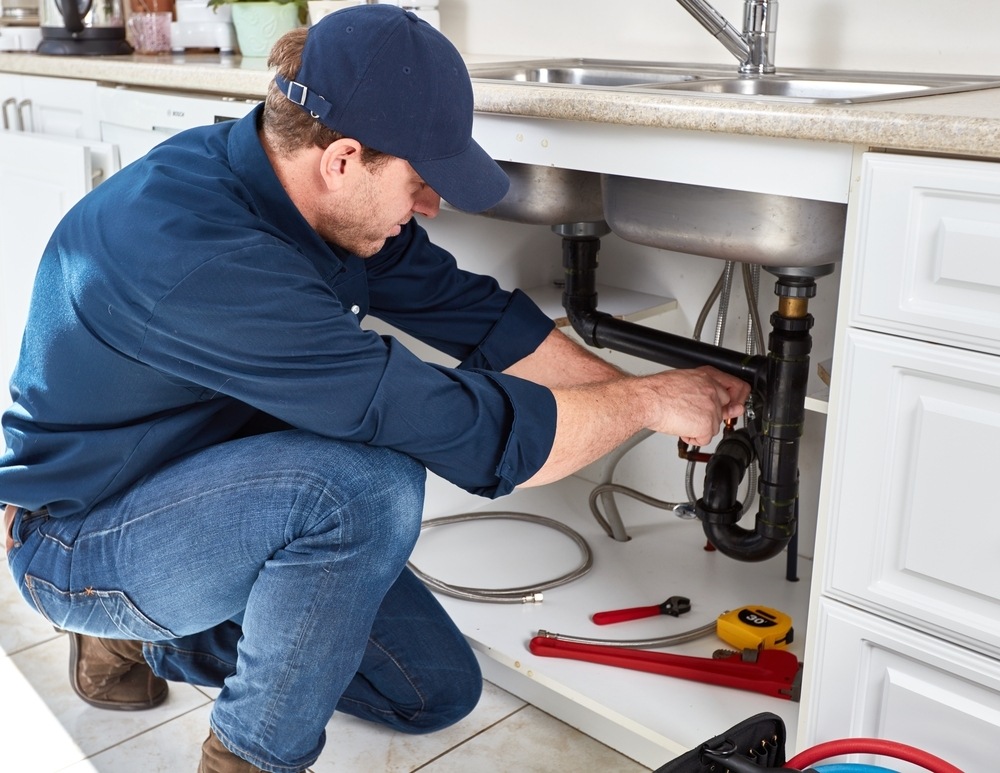


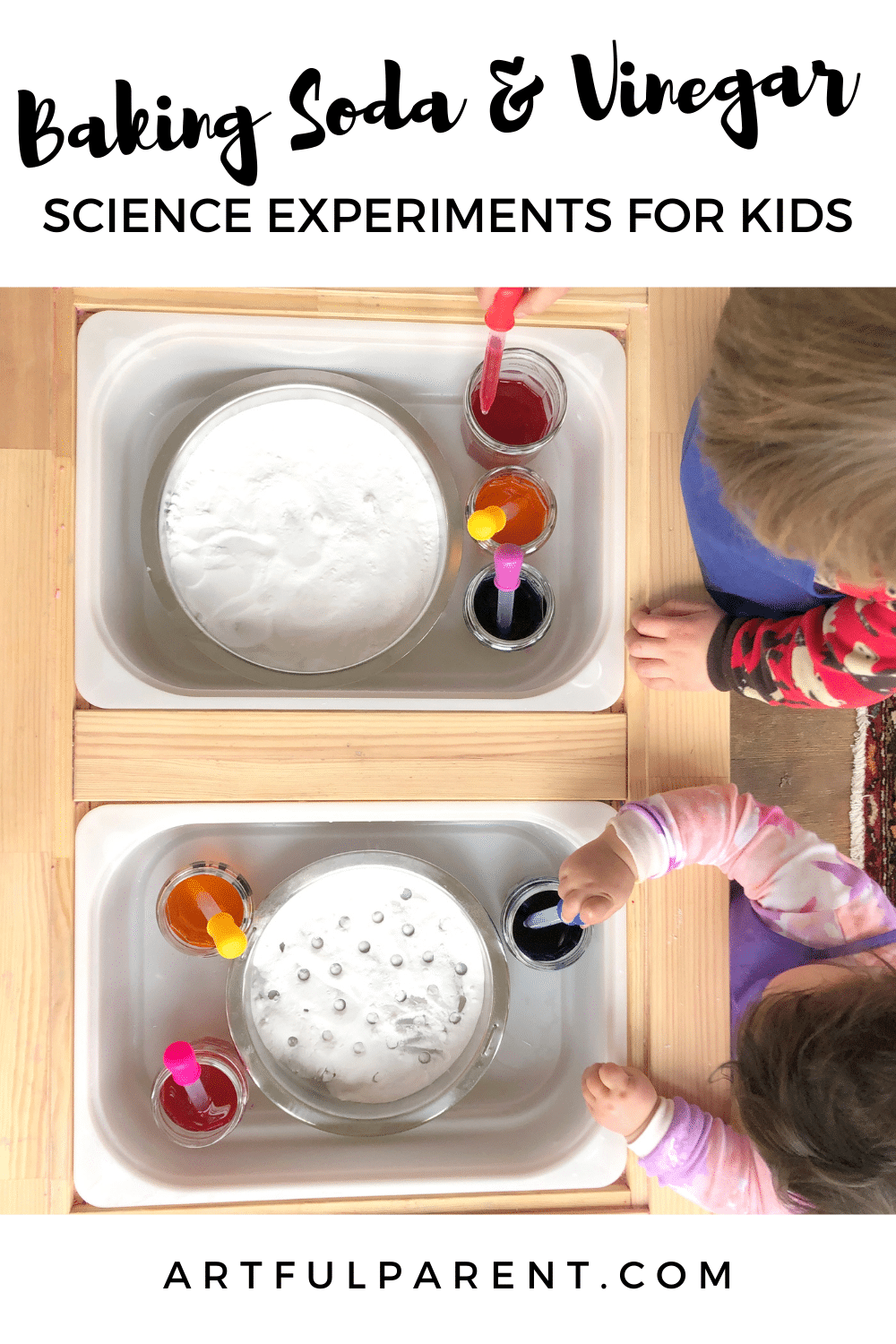





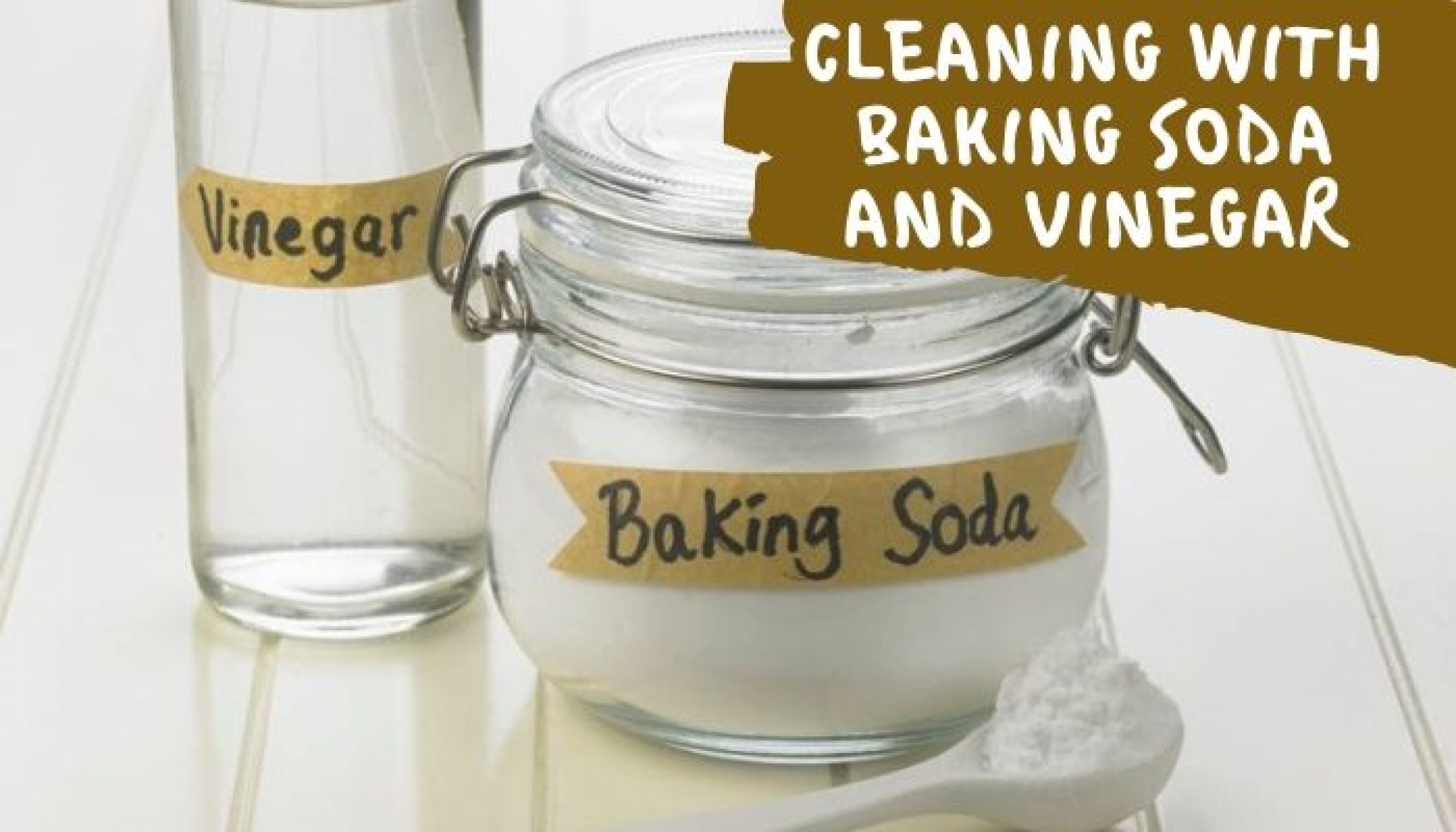
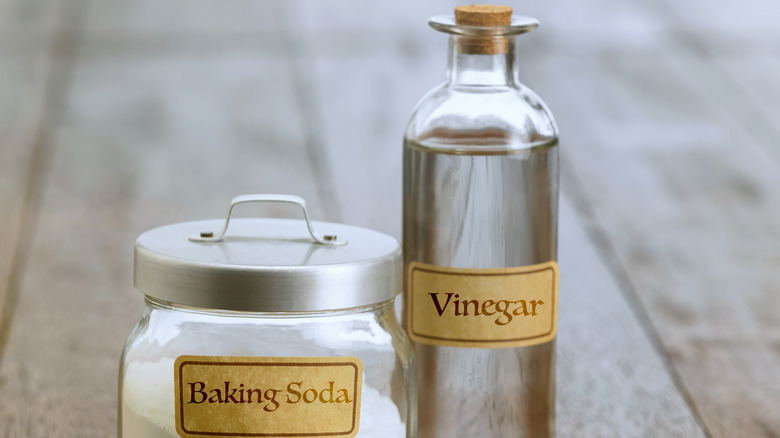


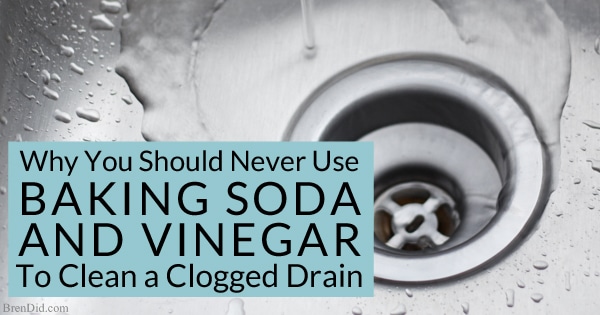
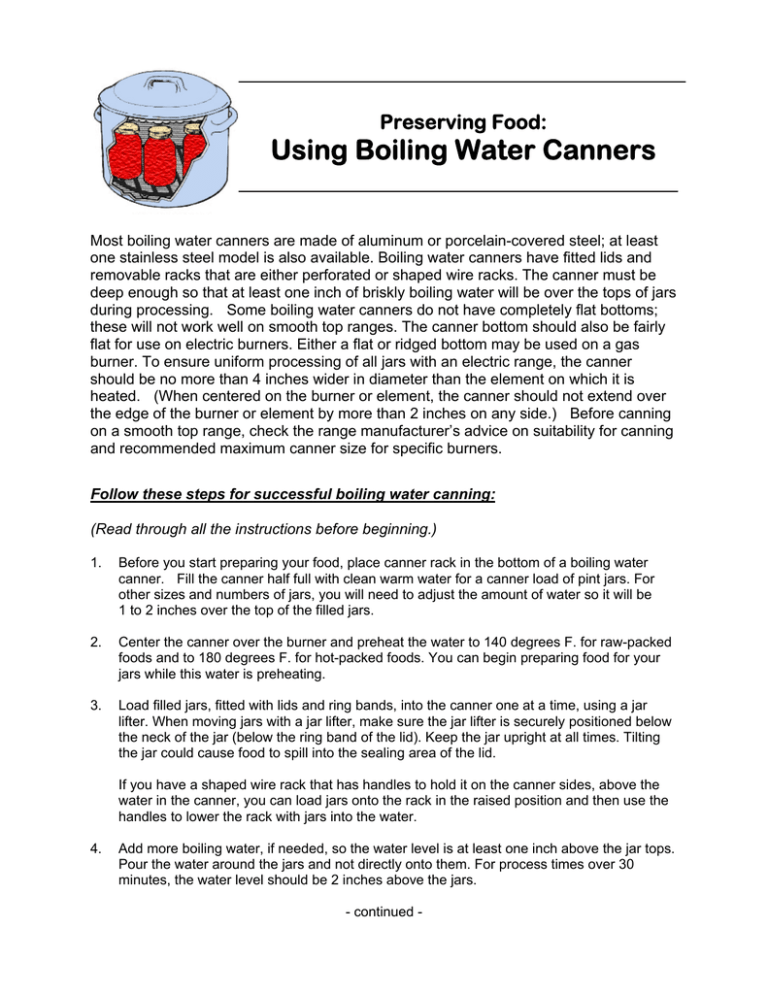
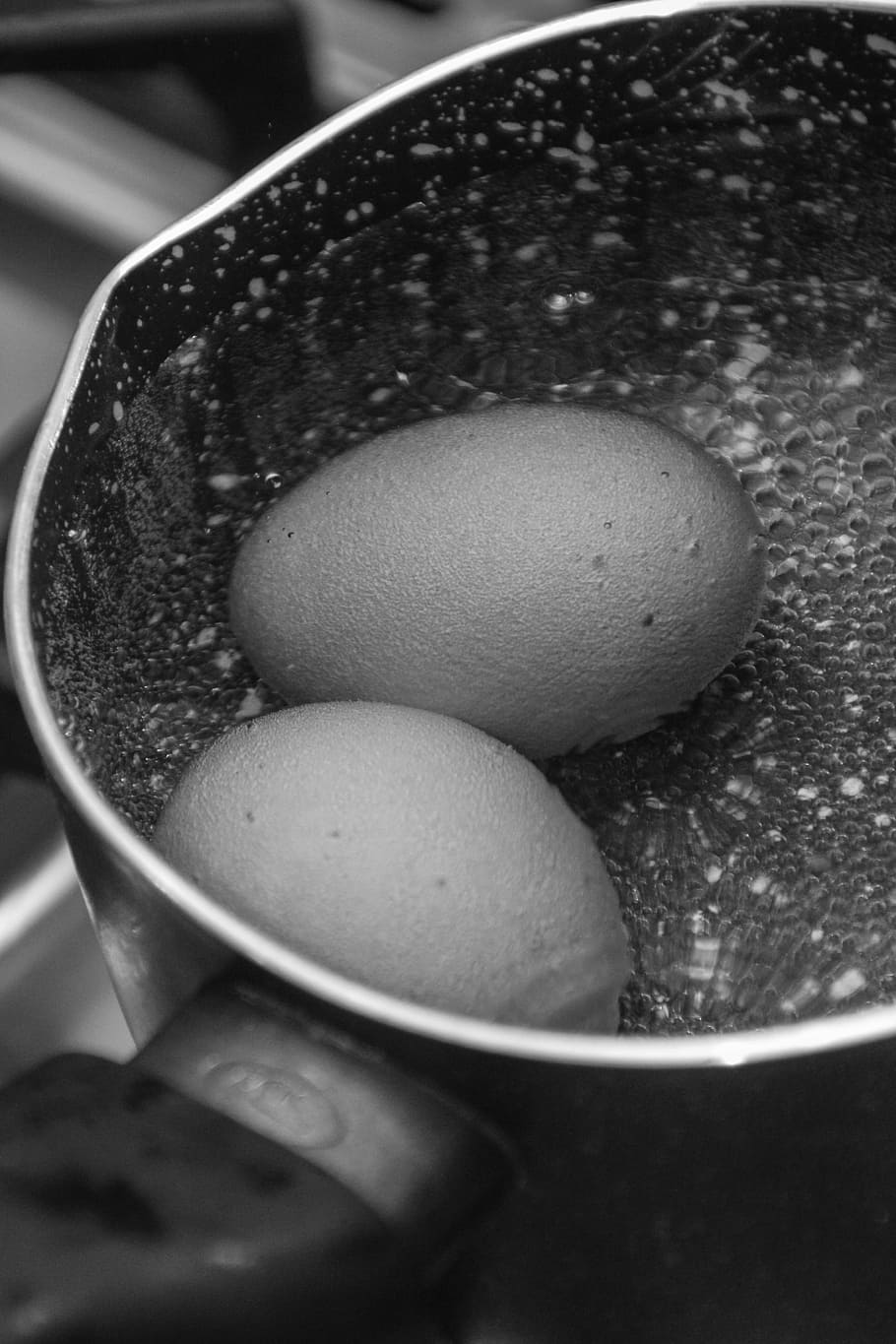

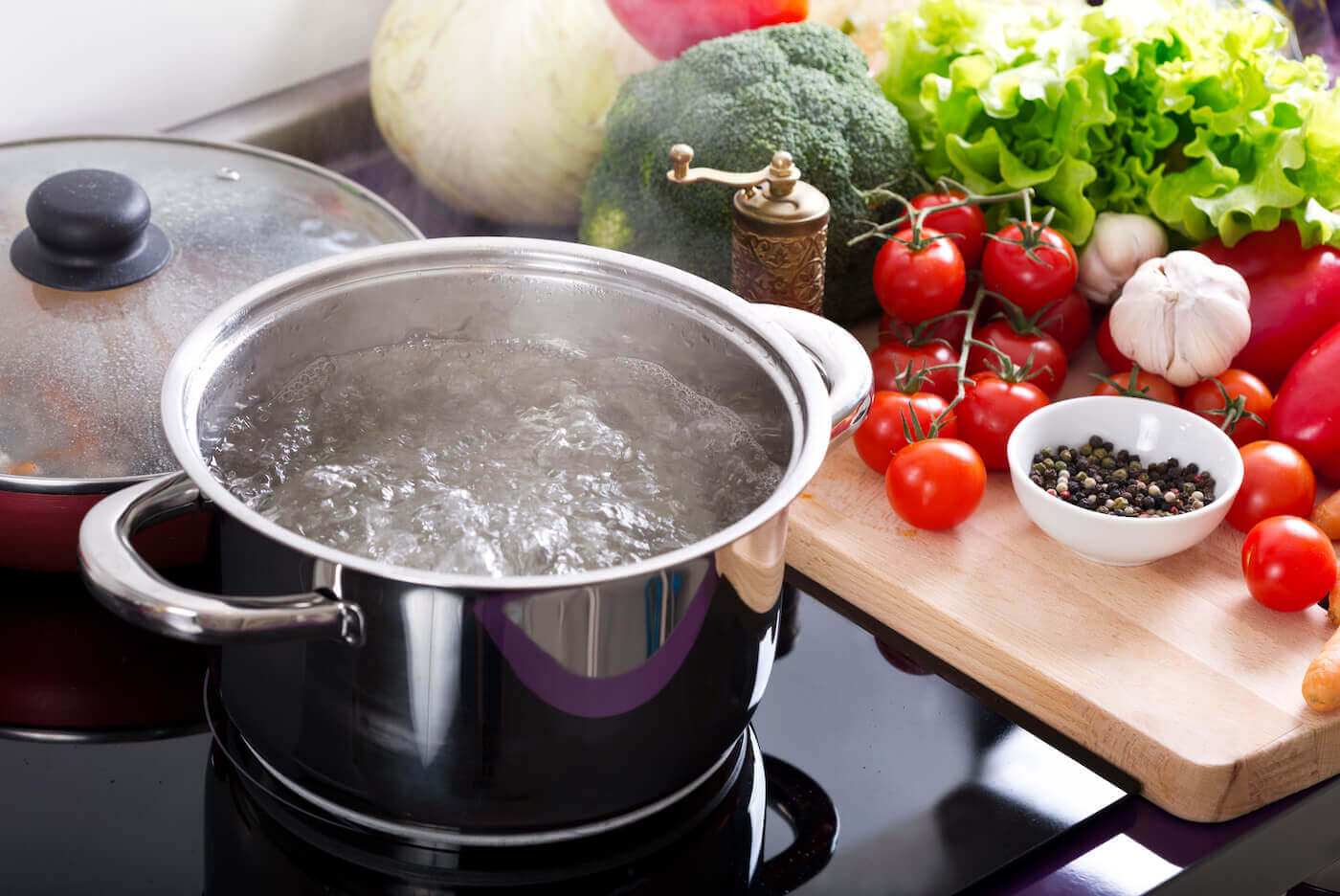
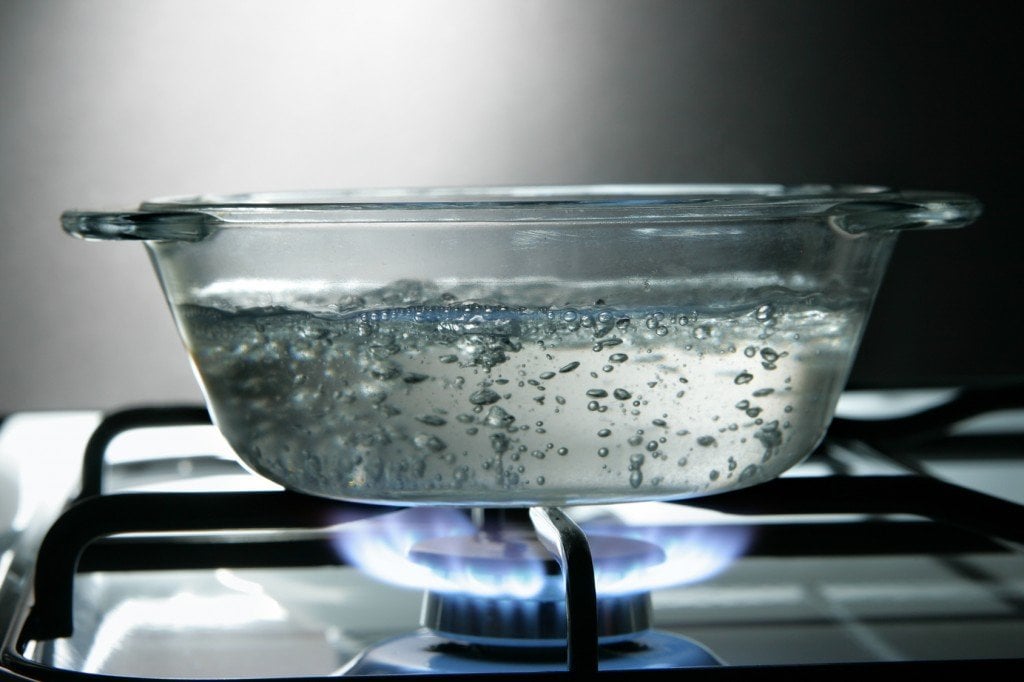
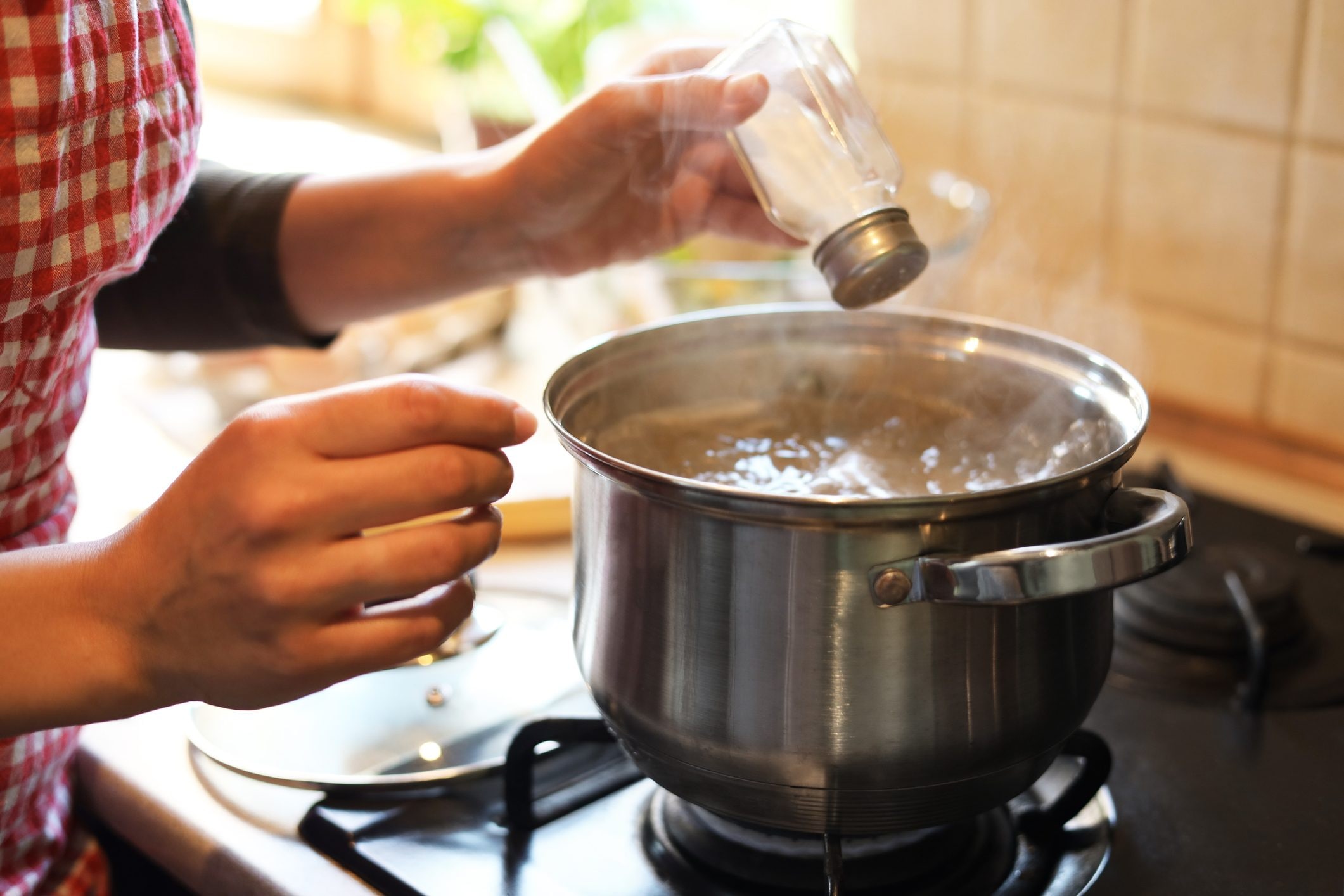
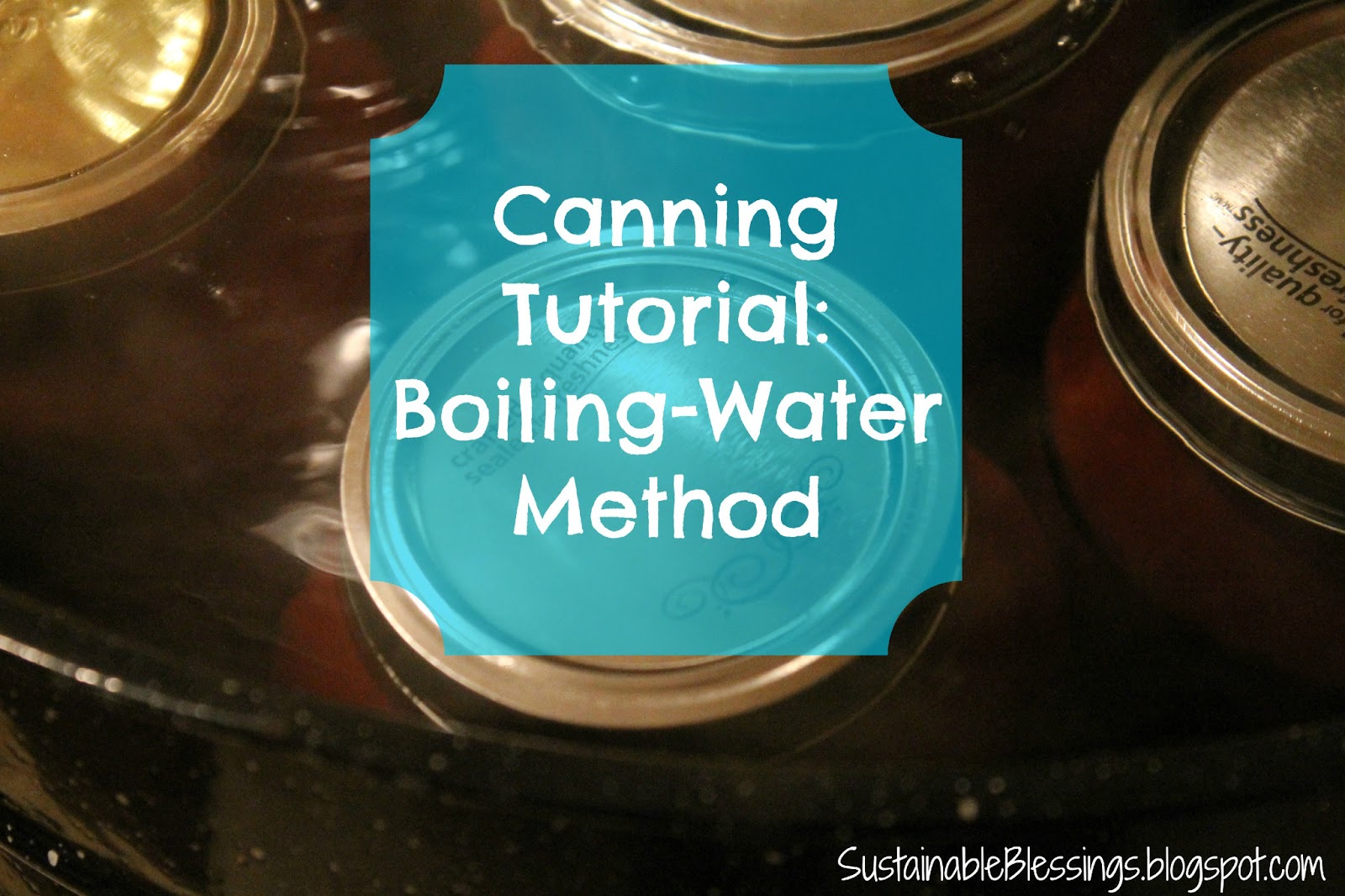


















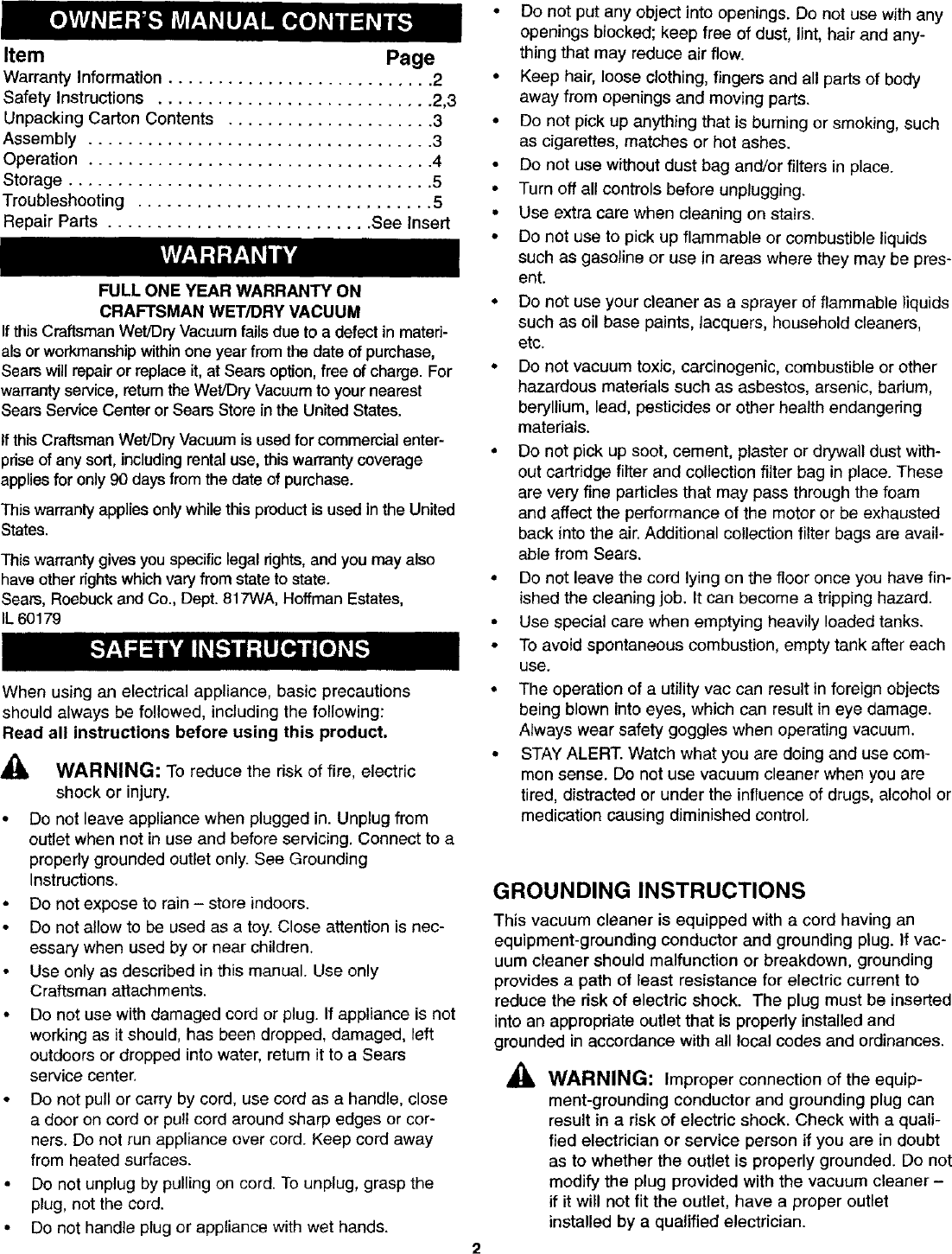
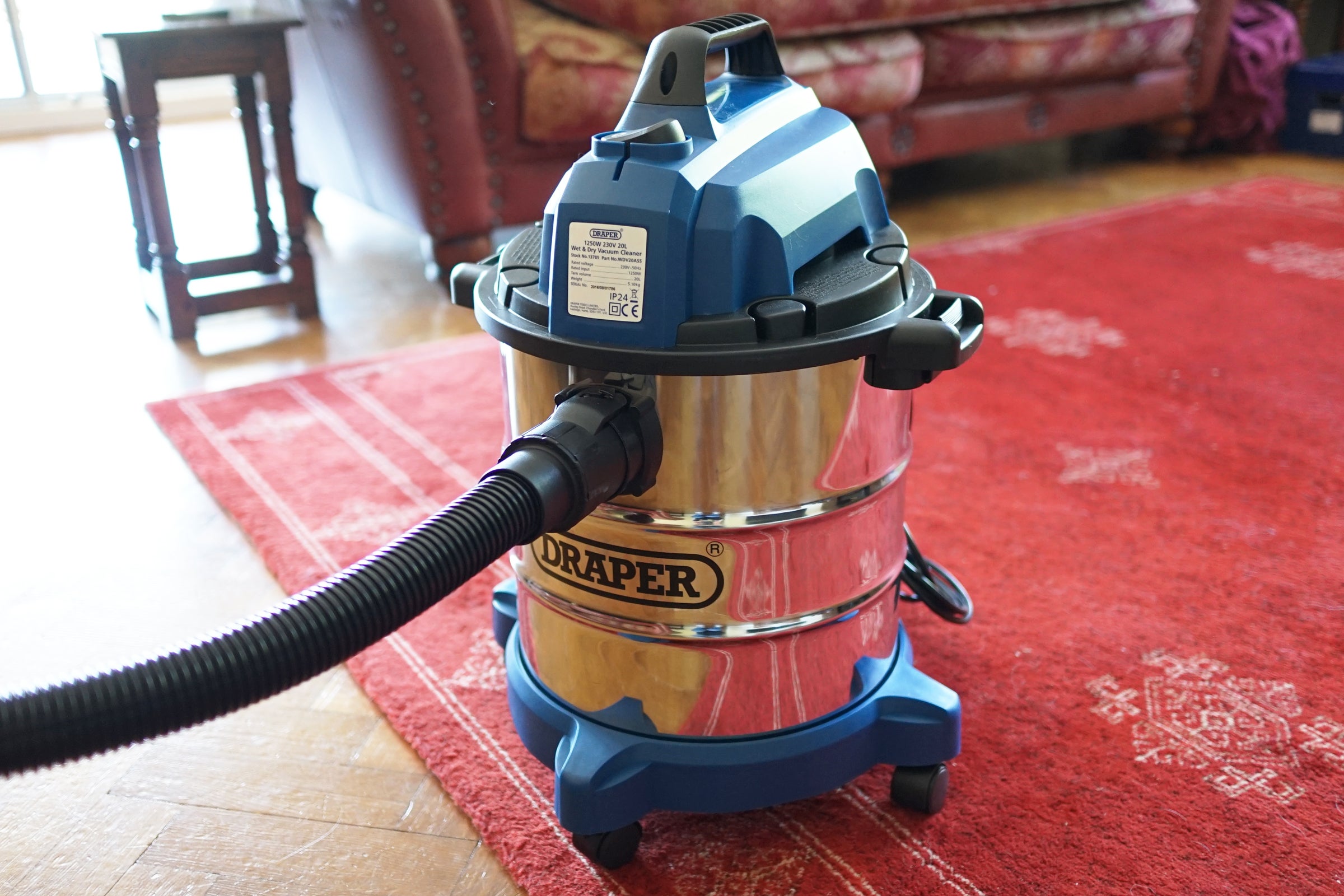
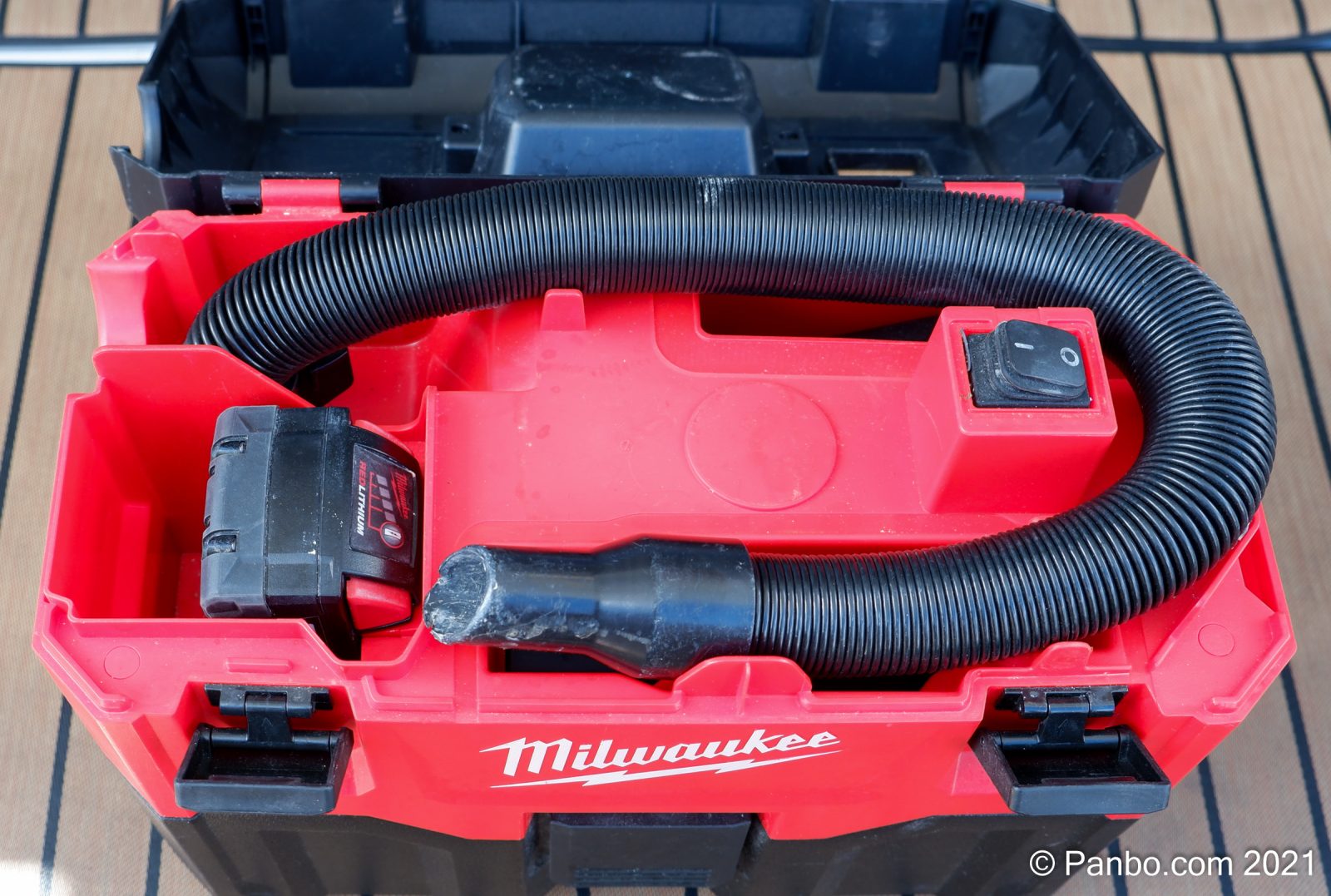








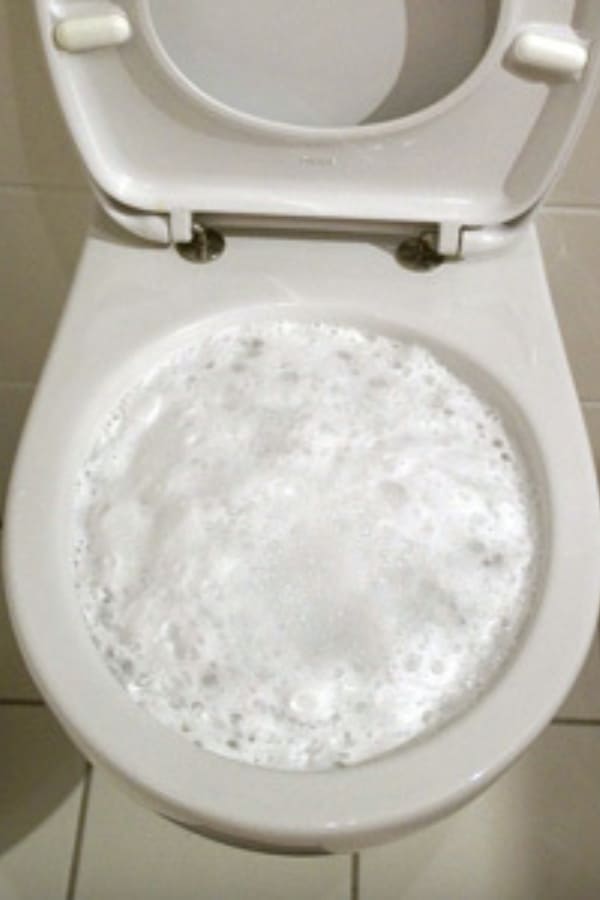




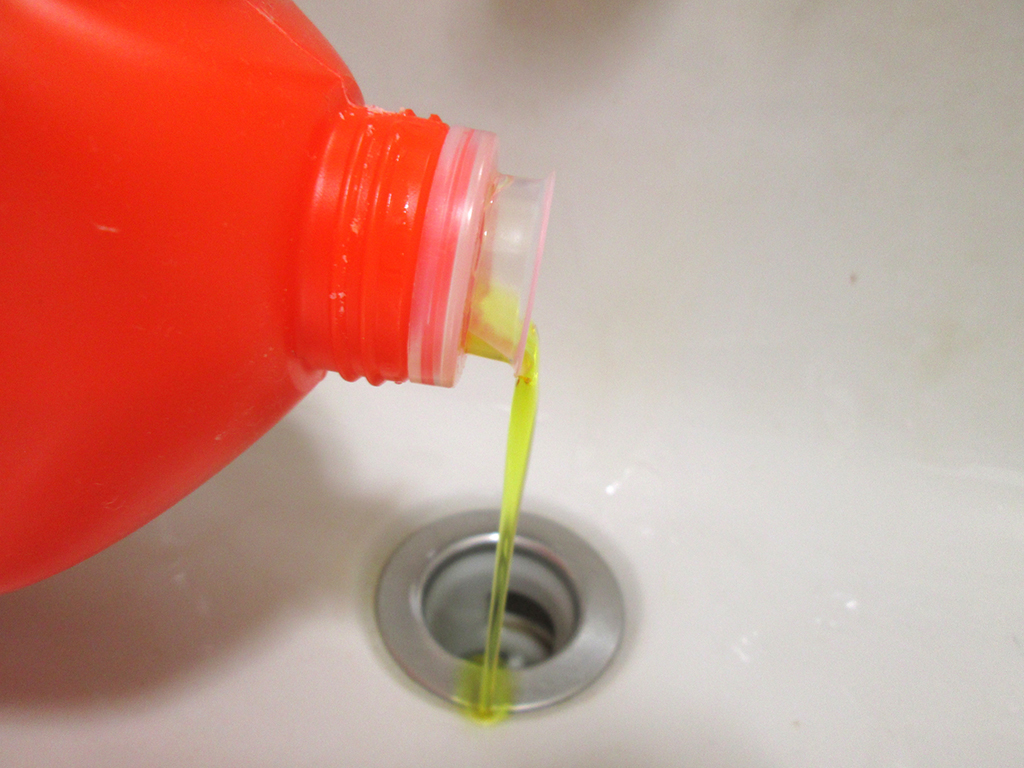
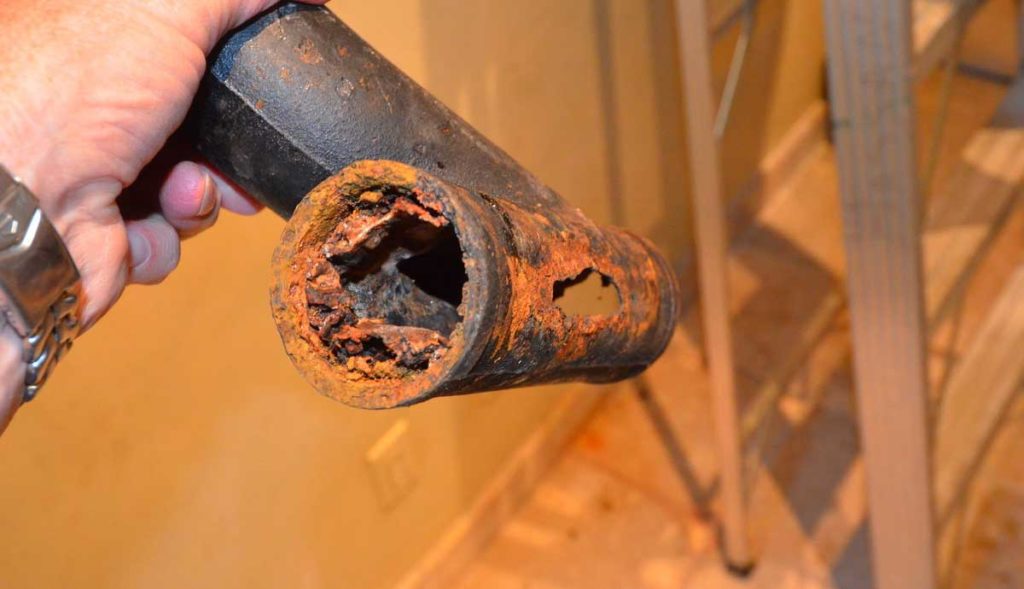

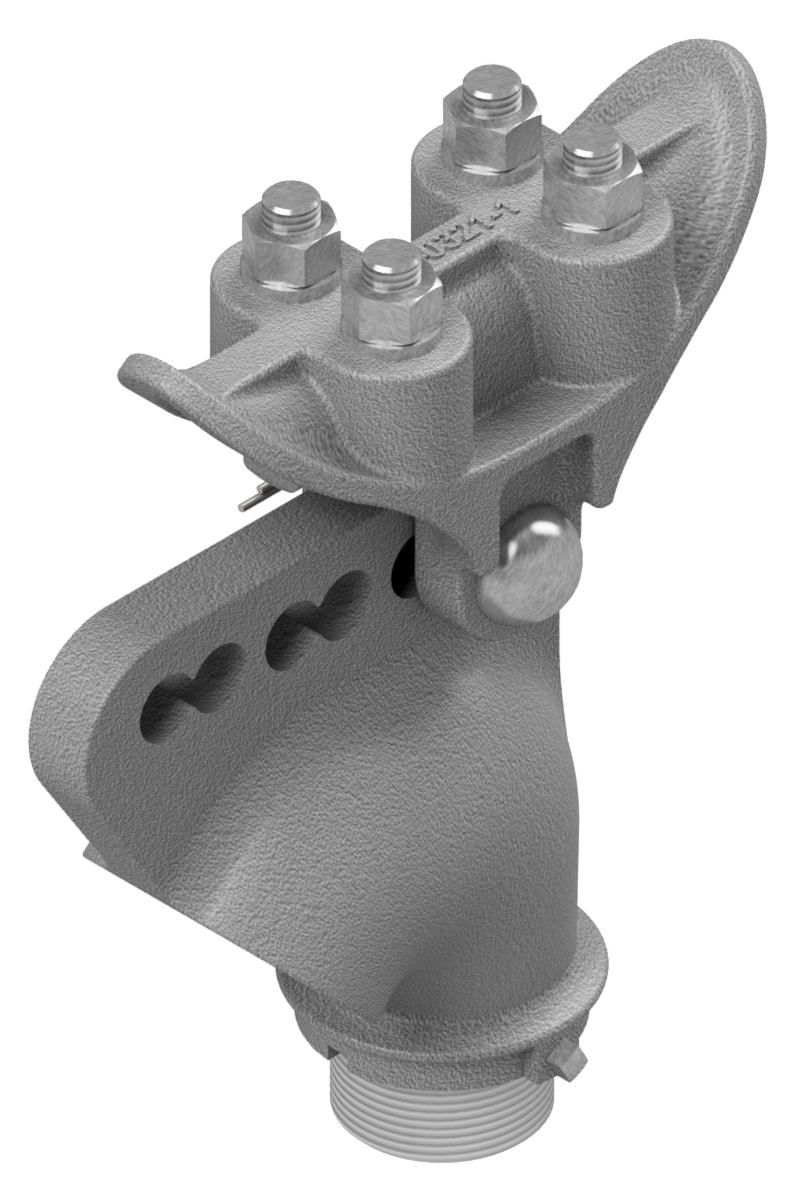


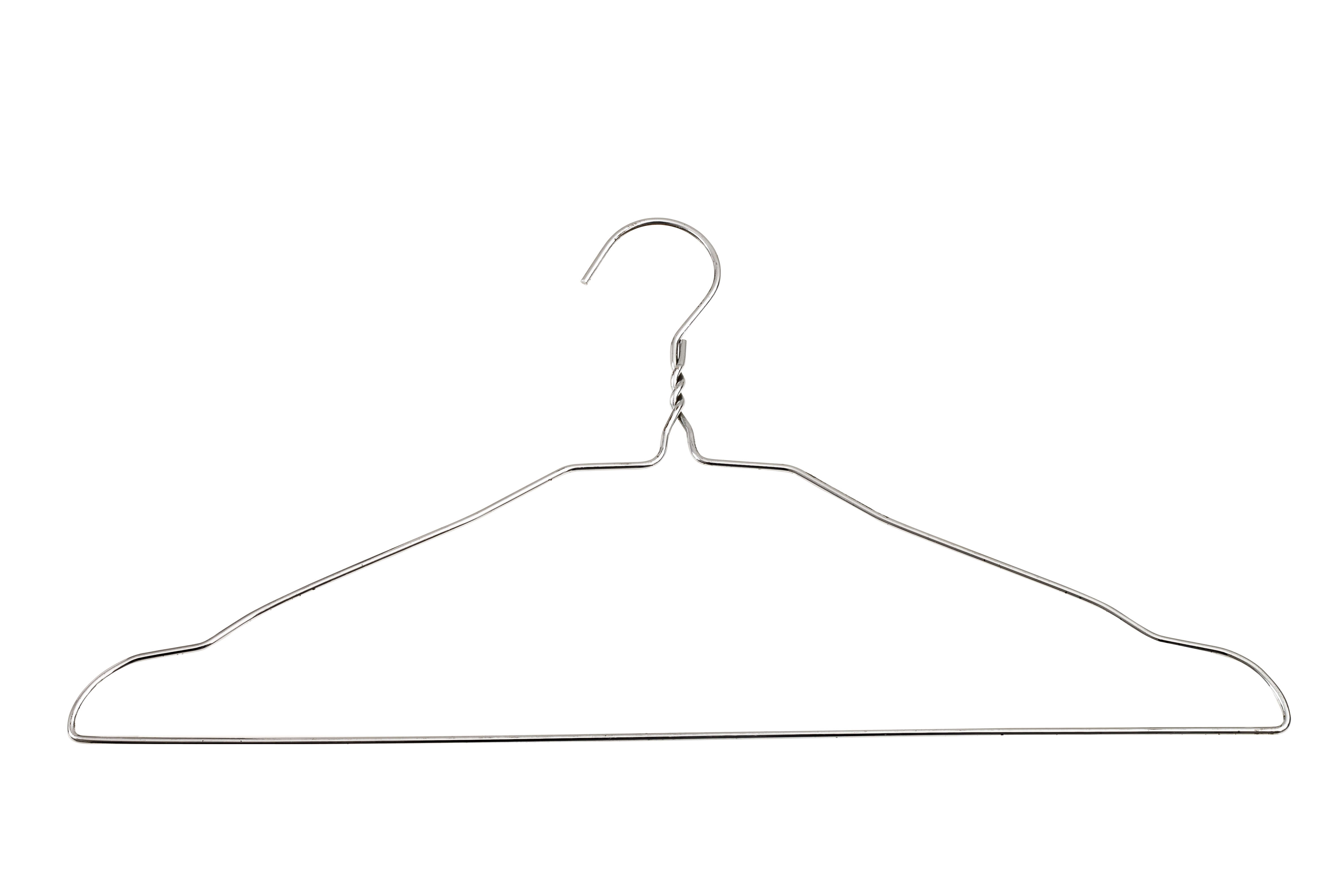




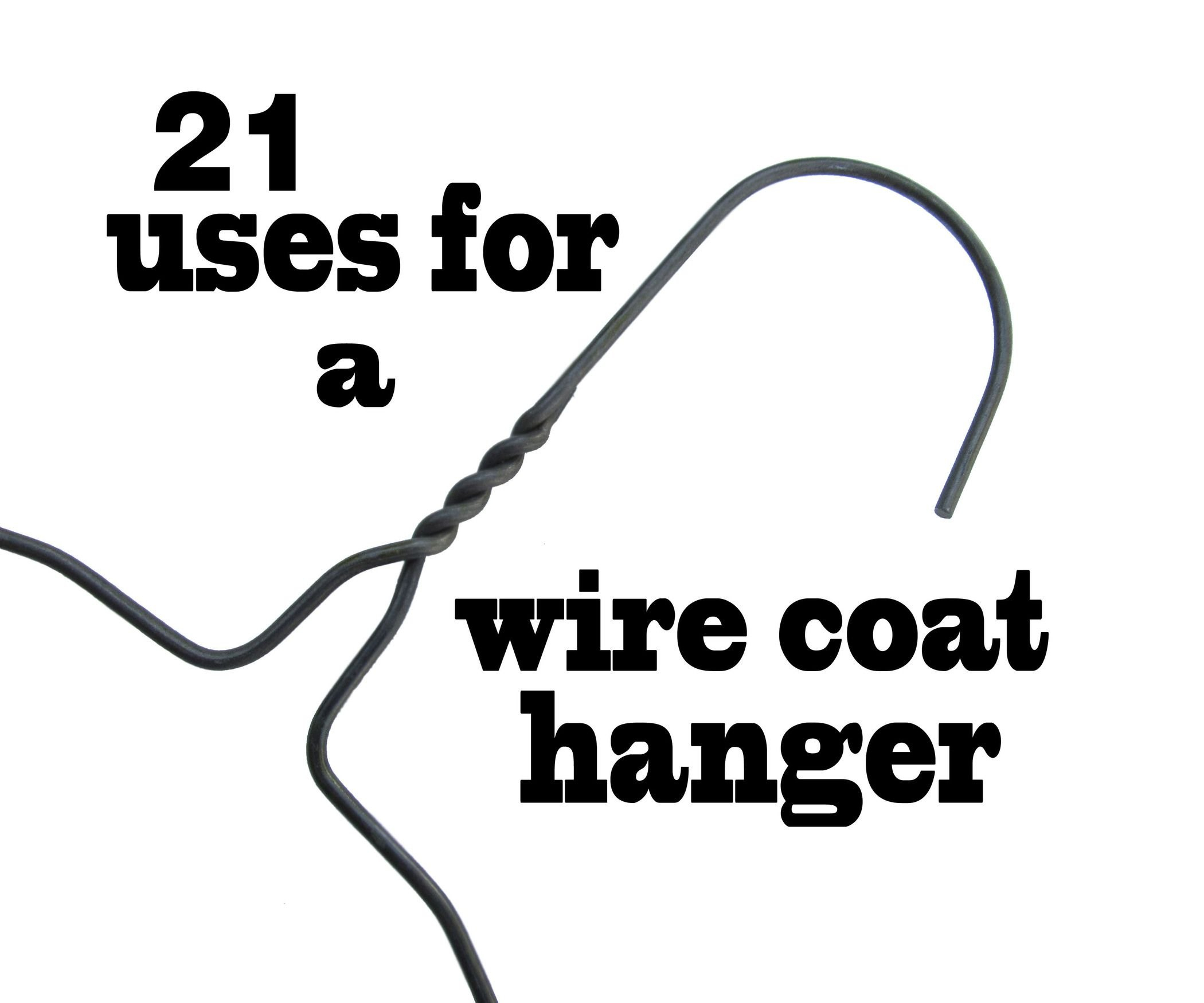







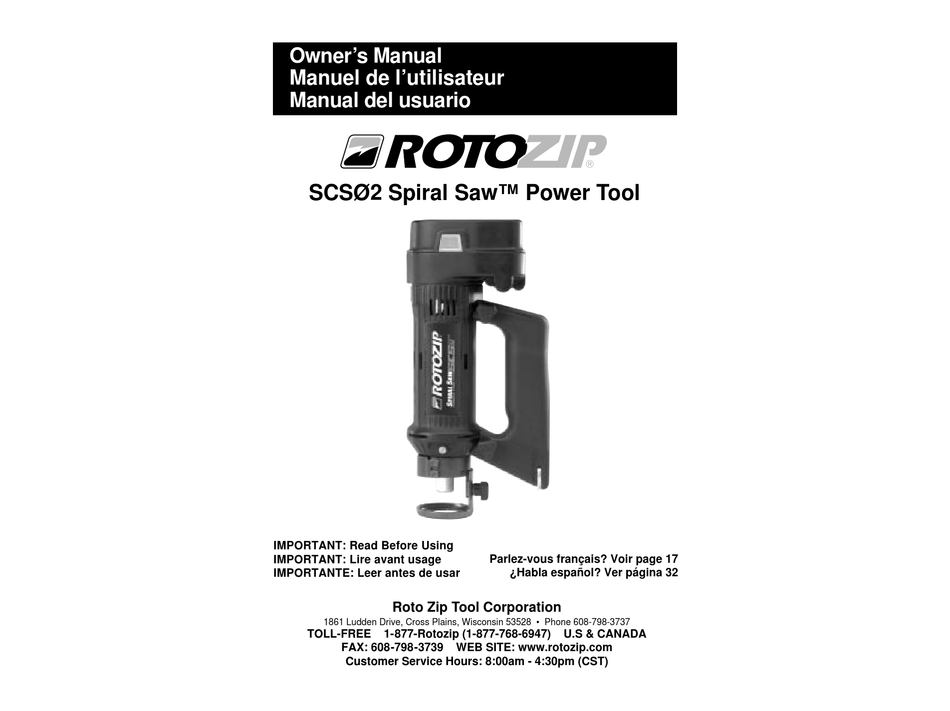




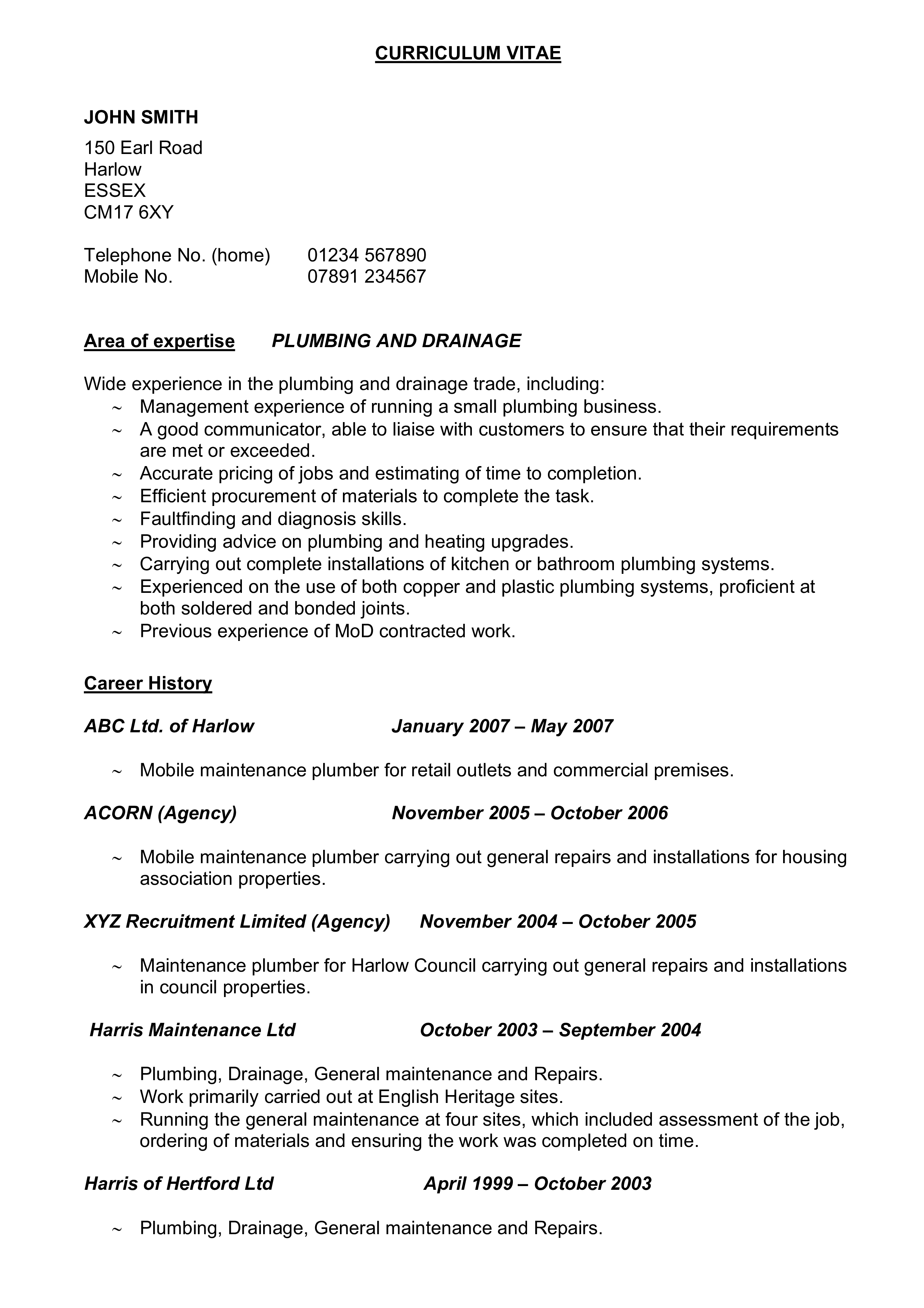
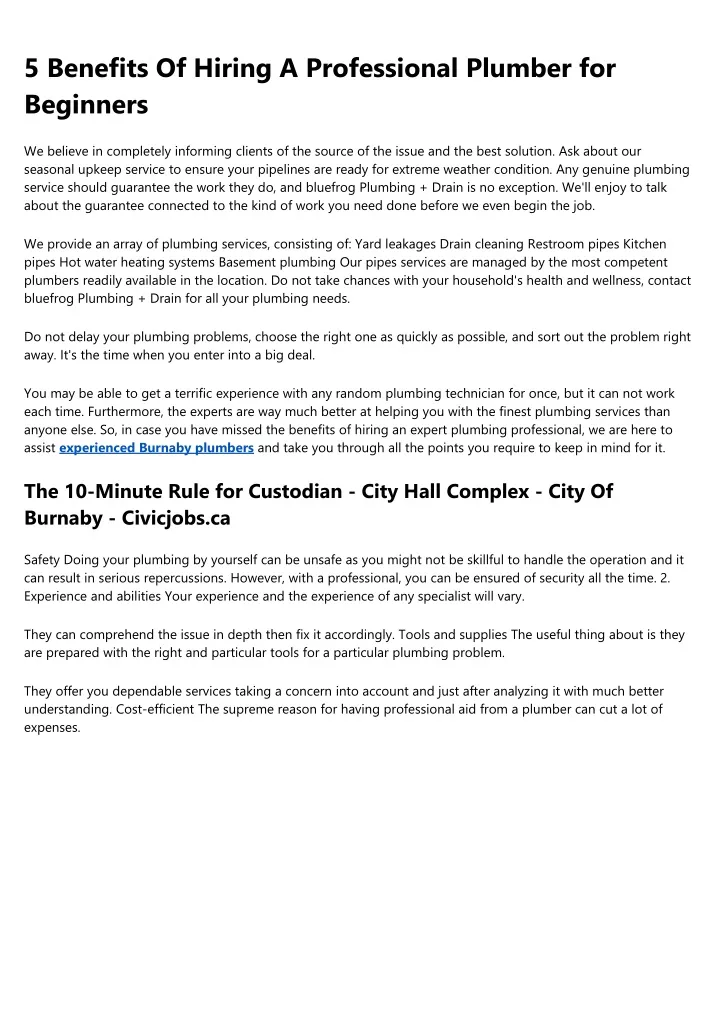










/cdn.vox-cdn.com/uploads/chorus_image/image/58246677/CHOWDERROOM_2012e.0.0.jpg)



